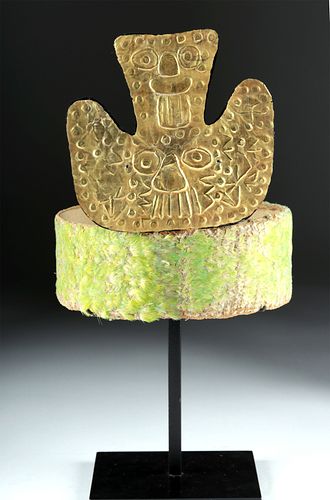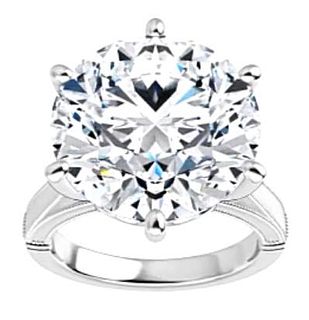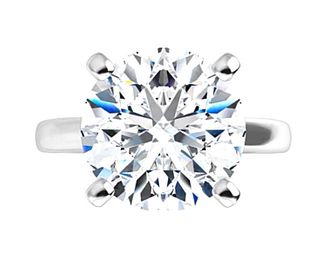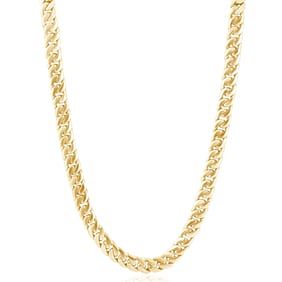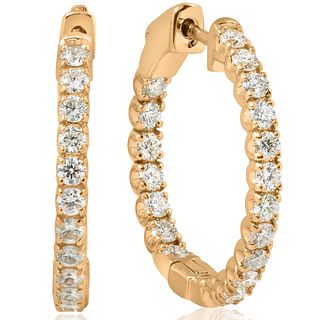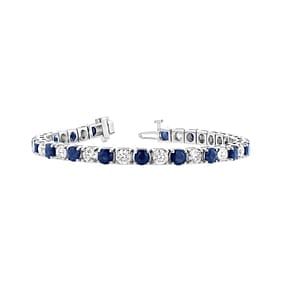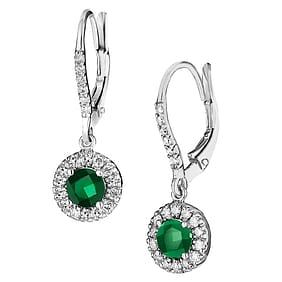Incredible Proto Nazca Crown - Gold Finial, Feathers
Lot 118
About Seller
Artemis Fine Arts
686 S Taylor Ave, Ste 106
Louisville, CO 80027
United States
Selling antiquities, ancient and ethnographic art online since 1993, Artemis Gallery specializes in Classical Antiquities (Egyptian, Greek, Roman, Near Eastern), Asian, Pre-Columbian, African / Tribal / Oceanographic art. Our extensive inventory includes pottery, stone, metal, wood, glass and textil...Read more
Categories
Estimate:
$9,000 - $13,500
Absentee vs Live bid
Two ways to bid:
- Leave a max absentee bid and the platform will bid on your behalf up to your maximum bid during the live auction.
- Bid live during the auction and your bids will be submitted real-time to the auctioneer.
Bid Increments
| Price | Bid Increment |
|---|---|
| $0 | $25 |
| $300 | $50 |
| $1,000 | $100 |
| $2,000 | $250 |
| $5,000 | $500 |
| $10,000 | $1,000 |
| $20,000 | $2,500 |
| $50,000 | $5,000 |
| $100,000 | $10,000 |
| $200,000 | $20,000 |
About Auction
By Artemis Fine Arts
Oct 8, 2020
Set Reminder
2020-10-08 10:00:00
2020-10-08 10:00:00
America/New_York
Bidsquare
Bidsquare : Exceptional Antiquities, Asian, Ethnographic
https://www.bidsquare.com/auctions/artemis-gallery/exceptional-antiquities-asian-ethnographic-5796
Museum-worthy examples of Egyptian, Greek, Roman, Etruscan, Near Eastern, Far East / Asian, Pre-Columbian, African / Tribal,Oceanic, Native American, Spanish Colonial, Russian, Fossils, Ancient Jewelry, Fine Art, so much more! Artemis Fine Arts info@artemisgallery.com
Museum-worthy examples of Egyptian, Greek, Roman, Etruscan, Near Eastern, Far East / Asian, Pre-Columbian, African / Tribal,Oceanic, Native American, Spanish Colonial, Russian, Fossils, Ancient Jewelry, Fine Art, so much more! Artemis Fine Arts info@artemisgallery.com
- Lot Description
Pre-Columbian, South Coast of Peru, late Paracas or early Nazca, ca. 200 BCE to 400 CE. A breathtaking find - a hammered 18 karat gold forehead ornament in the form of an owl atop a camelid fiber textile crown covered with bright green feathers with two vertical bands of orange feathers near the back. The owl has a double face, one on the head and the other on the stomach, with an invered triangular head and broad, spread wings on either side. The owl is frequently associated in South American iconography with the underworld, death, and shamanism. Ancient Peruvians seem to have had a particular affinity for the animal, depicting multiple species, including the barn owl, typical owl, burrowing owl, and spectacle owl. They accompany and may in fact be gods, warriors, sacrifices, and shamans, and the owl on the front of this crown may have signified that its wearer was one of these. Size: 6.2" W x 7.55" H (15.7 cm x 19.2 cm); 13.35" H (33.9 cm) on included custom stand.
This is a very early example of a feathered item; the oldest known date to around 350 to 200 BCE, found in elite burials in the Ocucaje Basin of the Ica Valley in southern coastal Peru. These burials contained ceramics, baskets, gold ornaments, musical instruments, and weapons, as well as many beautifull woven and patterned textiles. Organic materials are incredibly preserved in this region by the dry desert environment, allowing us to see incredible artifacts like this one today. Researchers believe the the Ocucaje and nearby Paracas burials (both are commonly referred to as Paracas) represent the rise of a new religion, one that required new ritual paraphernalia - notably, feathered objects. For example, an Ocucaje grave excavated by the famous German archaeologist Max Uhle in 1901 contained a "fan-like plume" made of macaw feathers and placed behind the head of the mummy. The feathers may have come from a local bird, a parakeet; other feathered items found in nearby graves came from parrots or macaws, who would have been traded from the Amazon into the highlands of Peru. As for the gold forehead ornament, avian-form ornaments are found in these same elite graves with the feathered items; later in time, they become ubiquitous on ceramics and textiles, probably representing supernatural beings.
Provenance: private Hawaii, USA collection; ex-private Hans Juergen Westermann collection, Germany, collected from 1950s to 1960s
All items legal to buy/sell under U.S. Statute covering cultural patrimony Code 2600, CHAPTER 14, and are guaranteed to be as described or your money back.
A Certificate of Authenticity will accompany all winning bids.
We ship worldwide and handle all shipping in-house for your convenience.
#136586Feathers are in beautifully preserved condition, as shown. Some are missing from surface, notably on the back of the crown, but probably 70% are still present. No restoration or replacement feathers. Slight bending to gold form, especially at the edges.Condition
- Shipping Info
-
All shipping is handled in-house for your convenience. Your invoice from Artemis Gallery will include shipping calculation instructions. If in doubt, please inquire BEFORE bidding for estimated shipping costs for individual items.
-
- Buyer's Premium



 EUR
EUR CAD
CAD AUD
AUD GBP
GBP MXN
MXN HKD
HKD CNY
CNY MYR
MYR SEK
SEK SGD
SGD CHF
CHF THB
THB